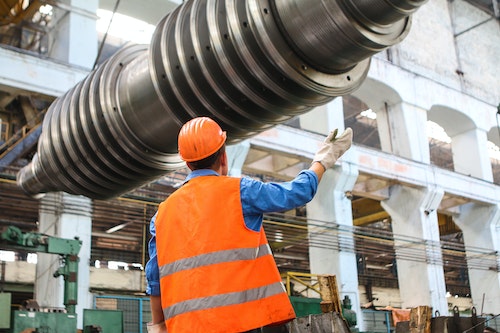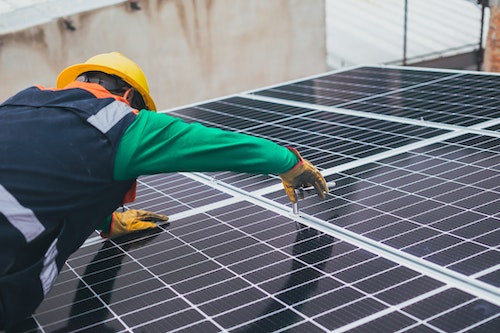
What Are The Three Types Of Predictive Maintenance
Predictive maintenance is a maintenance strategy that uses sensors and data analysis to detect potential problems before they become serious. It’s a more proactive approach to maintenance that’s focused on predicting when equipment will fail and then taking steps to prevent it. Predictive maintenance enables organizations to reduce equipment downtime, save money on repairs and replacement costs, and improve overall operational efficiency.
There are three basic types of predictive maintenance—visual inspections, vibration monitoring, and thermography. Each type uses different technologies and data sources to assess the condition of equipment and determine when it needs maintenance. This article looks at these three types of predictive maintenance in detail and explores their benefits and uses.
1. Visual Inspections
Visual inspections are one of the oldest and most common forms of predictive maintenance. They involve periodically inspecting equipment to look for signs of wear and tear, such as rust, oil leaks, and other visible defects. For example, when checking a heating system, an engineer might look for corroded pipes or faulty wiring. This type of maintenance is relatively cheap, as it requires minimal equipment, making it ideal for organizations with limited budgets. Visual inspections can also be used to detect potential safety issues, such as exposed wiring or gas leaks. Additionally, they can be used to check for proper operation, such as whether a machine is running smoothly or is performing at its peak efficiency.
2. Vibration Monitoring
Vibration monitoring is a type of predictive maintenance that uses sensors to measure and monitor the mechanical vibration in equipment, such as motors and pumps. The sensors detect even the smallest changes in vibration that could indicate an upcoming failure. Vibration monitoring can provide early warning of potential problems, allowing organizations to take preventive measures before more serious damage occurs. Vibration monitoring is more expensive than visual inspections and requires specialized knowledge and expertise to interpret the data. However, its accuracy can be invaluable for detecting hard-to-see problems and helping to prevent catastrophic failures.
3. Thermography
Thermography is a non-contact form of predictive maintenance that uses infrared cameras to look for areas that are hotter or colder than average. These temperature variations can indicate problems such as poor electrical connections, bearing failures, or blockages in machinery. Thermography can provide faster and more accurate results than visual inspections and is particularly useful for inspecting dangerous and hard-to-access areas. However, thermography is expensive as it requires specialized equipment and expertise. It can also be potentially hazardous if performed in some situations, such as near electric panels.
Conclusion
Predictive maintenance is a cost-effective way of maintaining equipment and can help to reduce downtime and improve operational efficiency. There are three main types of predictive maintenance – visual inspections, vibration monitoring, and thermography – each of which has its own advantages and uses.
Organizations should assess their individual needs to determine which form of predictive maintenance is best for them. If a business has access to the required expertise and equipment, a combination of multiple types of predictive maintenance can be an effective way of ensuring that problems are detected and addressed quickly.




